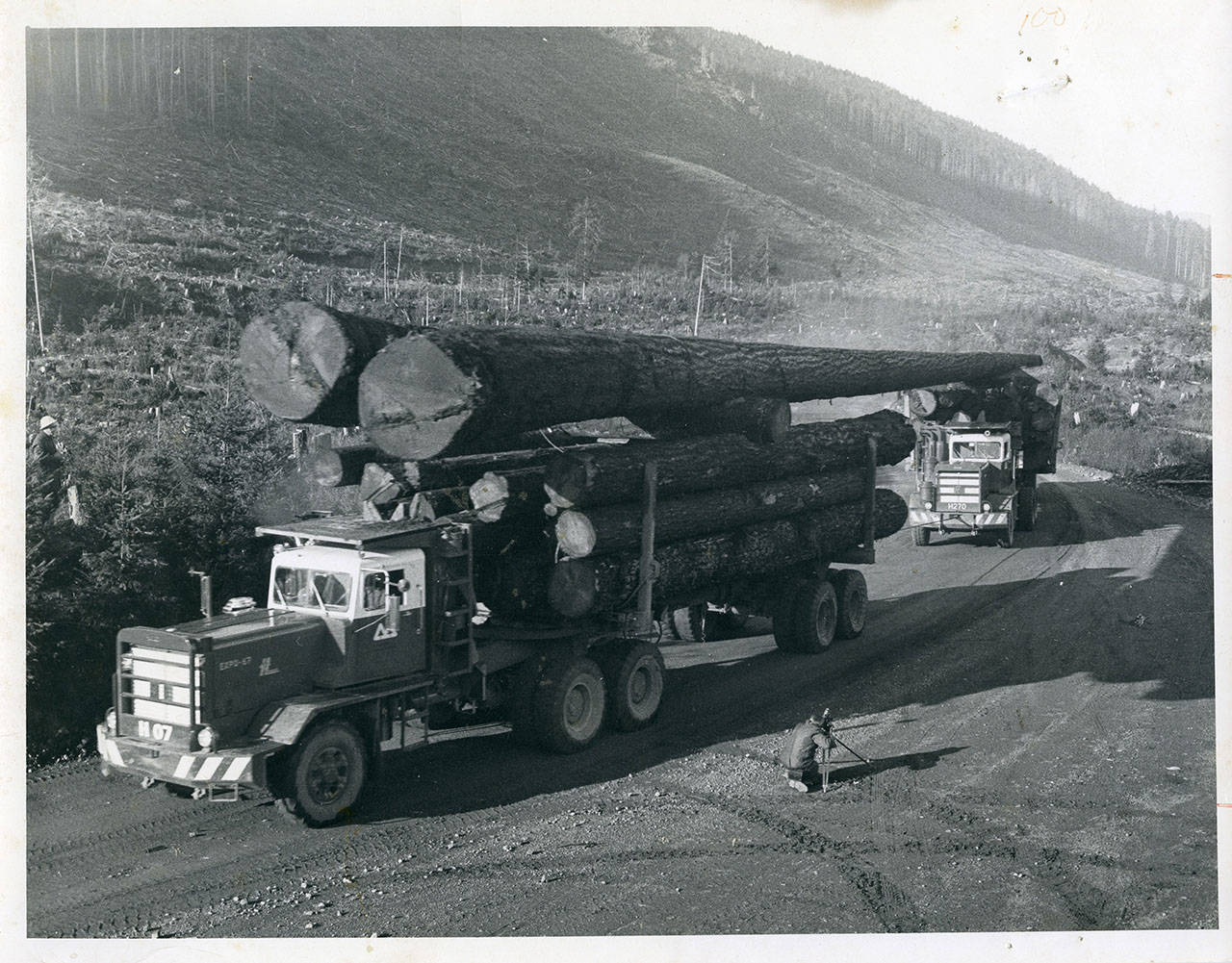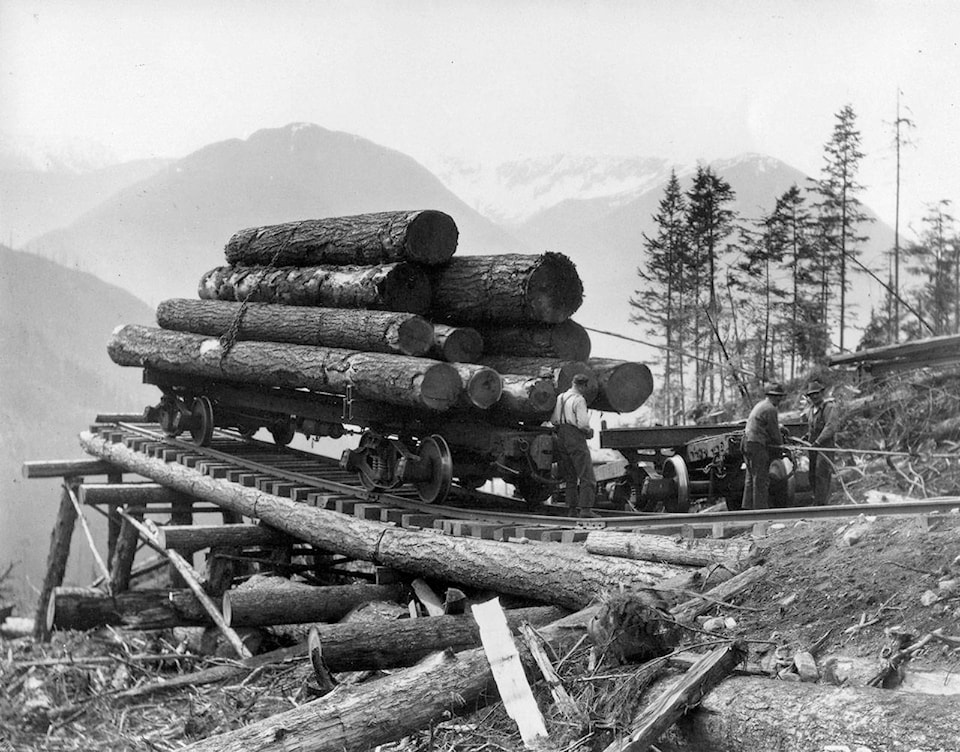On April 22, 1970 the world celebrated its first Earth Day. Half a century later, the tradition continues to gain momentum as people of all ages take the time to reflect on the damage we’ve done to our planet and what we can do to limit our individual carbon footprints.
While we can’t change the past, we can learn from our mistakes and make smarter choices today and each day thereafter. Start with your home, then look to your community, your province and your country.
Advocacy is key to preserving the resources of our earth for future generations. Our provincial and federal news is littered with examples of environmental exploitation: the Site C Dam in Fort St. John and the Trans Mountain Pipeline are prominent in my mind.
We cannot continue to allow our governments to act in such an irresponsible manner. Despite the required environmental assessments, which are supposed to include extensive stakeholder engagement, these projects continue to get “the green light” with construction starting, and our lands being irreparably damaged, even before the appeal process has begun.
Excessive resource extraction has also influenced the look of our very own Agassiz-Harrison Valley. Reviewing photos in the Agassiz-Harrison Museum’s archives from the early- to mid-1900s, it is easy to see the impacts of logging and aggregate mining on the landscape.
While many of the trees have grown up, you will undoubtedly come across “mammoth” old growth stumps when you are hiking around Hicks Lake, Harrison Lake or along the Harrison River. These remnants allow us to imagine what the valley must have looked like over the past several hundred to thousand years.
RELATED: Agassiz, Harrison to examine human impact on the planet for Earth Day
Mount Agassiz is scarred by both past and present mining activities. We have all undoubtedly been stuck behind a dump truck and trailer as we try to get to where we are going on Highway 7 or 9. Recently, our community has been divided over an aggregate extraction application for a new quarry off of Hot Springs Road, continuing the cycle of environmental extraction within our community.
And what about the impacts of resource extraction and its associated industries on our community’s plants and wildlife? How many species have been decimated or forced to relocate? Scientific studies have been documenting the effects of logging and over-fishing on our river and lake populations for a number of decades. Despite this evidence, municipal, provincial and federal legislation continues to allow harvesting of these resources, albeit in a “sustainable” manner.
But does today’s definition of sustainability really take into account resources and a healthy environment available for our grandchildren’s grandchildren’s children?
The Agassiz-Harrison Museum is hoping to work towards documenting and exhibiting the history and effects of resource exploitation within our valley. If you are interested in sharing your images, experiences, and observations, please contact us at agassizharrisonmuseum@shawbiz.ca or 604-796-3545.
We need to work together to better understand the effects of the actions of previous settler populations on our community’s landscape and how we can work together to preserve it for future generations.
Lindsay Foreman is the manager and curator at the Agassiz Harrison Museum.
news@ahobserver.com
Like us on Facebook and follow us on Twitter

